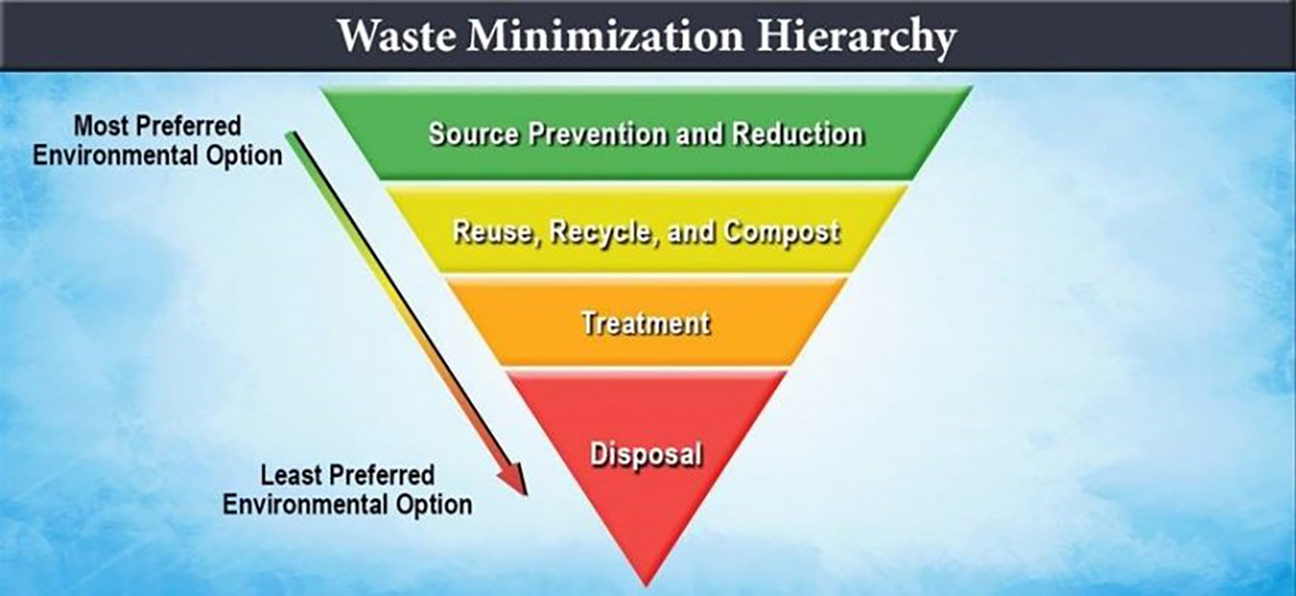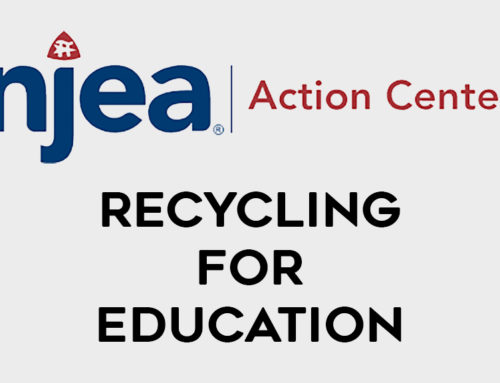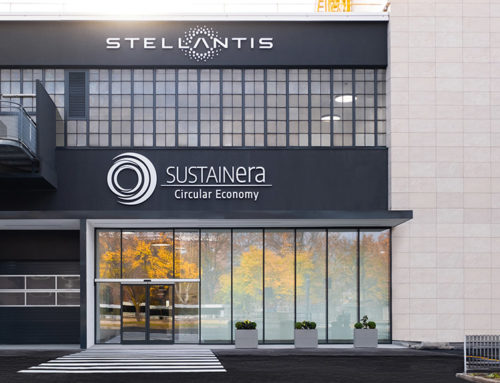In an era where environmental concerns are at the forefront, waste minimization has emerged as a key strategy to reduce your companies ecological footprint. While the concept of achieving “zero waste” is laudable, it may seem like a lofty ambition for some. That’s where waste reduction or minimization comes into play. Organizations can explore the significance of minimization, its practical applications, and how it serves as a crucial stepping stone on the path to a more sustainable future.

Understanding Waste Minimization:
Waste minimization is the practical method used to work towards the goal of achieving zero waste. It involves adopting strategies and practices that prioritize reducing waste at its source, rather than solely focusing on disposal or treatment methods. The Environmental Protection Agency (EPA) defines this minimization as the use of source reduction and environmentally sound recycling methods before considering energy recovery, treatment, or disposal of wastes. Starting with simple methods of minimization are a vital aspect of sustainable living:
A Realistic Starting Point:
While the concept of “zero waste” may be ambitious for some, waste minimization provides a more attainable starting point. It allows businesses and industries to make gradual, yet meaningful, changes to their waste generation processes.
Source Reduction as a Priority:
Minimization places a strong emphasis on source reduction, which means reducing waste at its origin. By evaluating production processes, consumption habits, and resource utilization, organizations and companies can identify areas where waste can be prevented or minimized.
Practical Applications of Waste Minimization:
Achieving waste minimization doesn’t require radical shifts; rather, it calls for mindful choices and sustainable practices. Here are some practical examples of minimization:
Switching to Sustainable Services:
Consider outsourcing services like laundering shop towels, mops, gloves, oil absorbents, and filter bags to specialized providers that prioritize waste reduction and recycling. This not only minimizes waste generation but also ensures responsible handling of materials and promotes jobs within the industry.
Reduce Packaging:
Excess packaging is a common source of waste. Businesses can make a significant impact by choosing products with minimal packaging or opting for reusable and recyclable packaging materials.
Embrace the Circular Economy:
Transition from a linear “take-make-dispose” approach to a circular economy model, where products and materials are designed for longevity, repairability, and recyclability. This reduces the need for constant production of new goods.
Promote Recycling and Composting from within:
Encourage recycling and composting programs in your community and workplace. Diverting recyclable and organic materials away from landfills reduces waste and conserves valuable resources. Awareness is a big part of making changes.
Waste minimization is a pragmatic approach that empowers industries to make conscious choices that lead to reduced waste generation. By prioritizing source reduction, recycling, and responsible resource management, you can take significant steps toward a more sustainable future. Whether you’re just beginning your corporate sustainability journey or aiming for a zero waste future, waste minimization is a fundamental strategy that aligns with collective responsibility to protect the environment and preserve valuable resources, reduce overhead spending and maintain corporate sustainability practices.






